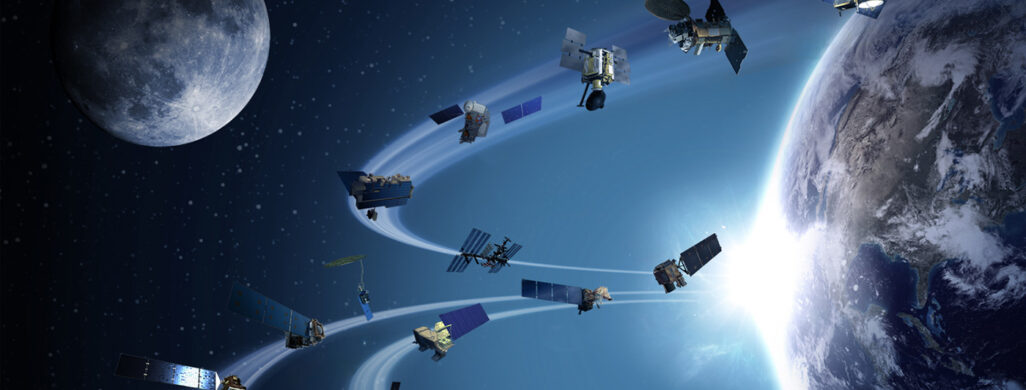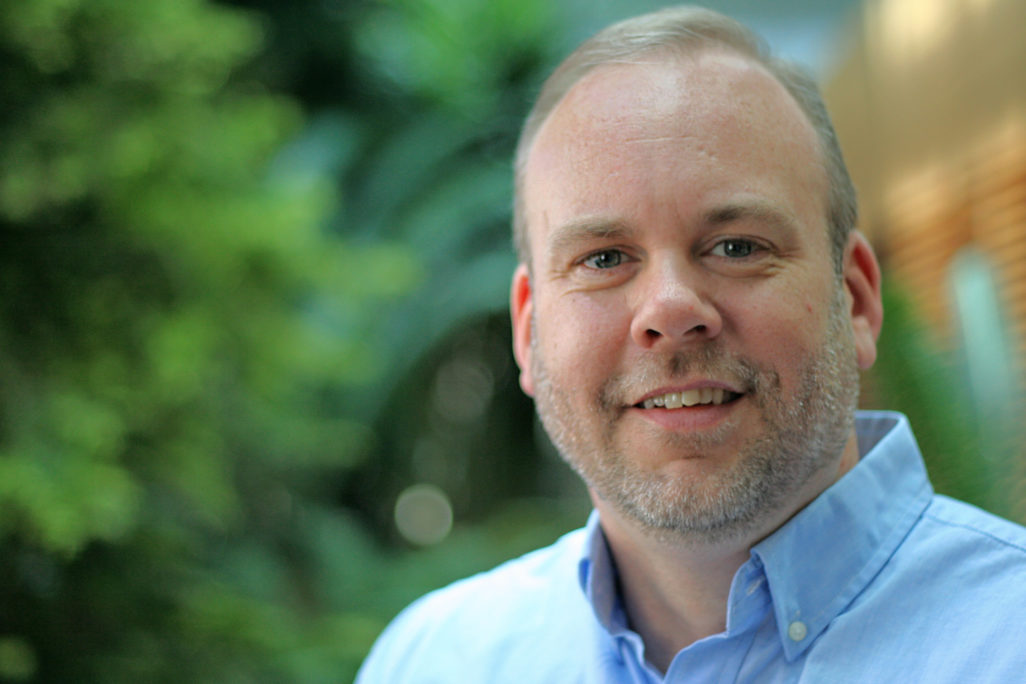Full circle — After 30 years, GEWEX returns to Madison
Understanding energy and water cycles is central to understanding the Earth as a system and how that system uniquely supports life.
Historically, scientists at the University of Wisconsin–Madison Cooperative Institute for Meteorological Satellite Studies have led and coordinated important aspects of Earth system research. Today, CIMSS Director Tristan L’Ecuyer, continues the institute’s leadership role. But it started with the late Verner Suomi, founder of CIMSS.

The Global Energy and Water Cycle Exchanges (originally Experiment), a project within the World Climate Research Programme, traces its beginnings to an international symposium on meteorological satellites held at the University of Wisconsin–Madison in 1986 to honor Professor Verner Suomi’s retirement.
At that meeting, Suomi and colleagues were energized by the possibilities for meteorological and global climate research given the promise of Earth observations to be delivered by NASA’s Earth Observing System. The EOS satellite program was set to expand in the 1990s and it dovetailed with ideas for GEWEX.
According to Suomi, he, along with Professor Pierre Morel, French National Centre for Scientific Research, and Professor Lennart Bengtsson, then at the European Centre for Medium-Range Weather Forecasts, “did some scheming during lunch.” They crafted a proposal — perhaps scribbled on a napkin as Suomi was known to do — for how GEWEX might fit within the existing world climate program and make use of new observations. Morel had earlier made the call for a second global experiment to follow the First Garp Global Experiment, but one that would instead focus on water — a wet FGGE, as Suomi called it. They converged on the name GEWEX.

From the beginning, GEWEX sought to encompass, under one umbrella, all of the components of end-to-end research: making global measurements of atmospheric and surface properties and using those data to model the global hydrological cycle, predicting variations in global processes and responses to environmental change, and developing techniques, including data management and assimilation to be used operationally in climate and weather prediction.
By 1988, the GEWEX concept had been accepted by the World Climate Research Programme and a new committee was established to expand on the initial plans aiming to start in the mid-1990s.
Like FGGE, GEWEX was a visionary program, bringing together leaders as they shared ideas and research directions on topics of significance to the international community, in this case, global water and energy cycles.
Fast forward to 2023 and those objectives remain central to the GEWEX of today: a network of scientists engaged in observing, researching and exchanging information to understand changes in climate.
The connection to CIMSS is strong today, too: Tristan L’Ecuyer, a climate scientist, co-chairs the GEWEX Data and Analysis Panel. GDAP focuses on cloud processes and their interconnectivity with radiative interactions and climate feedbacks.
L’Ecuyer brings these important connections full circle: chairing a GEWEX panel and serving as Director of CIMSS, not just continuing a legacy begun by Suomi, but growing international conversations and collaborations to facilitate research.
“This is a perfect example of the historical role Suomi and the Space Science and Engineering Center have played in shaping global energy and water cycle research and how we remain closely engaged today,” says L’Ecuyer. “We continue to pioneer new measurements of Earth’s energy balance from space, conveying that understanding to the world through programs like GEWEX.”
